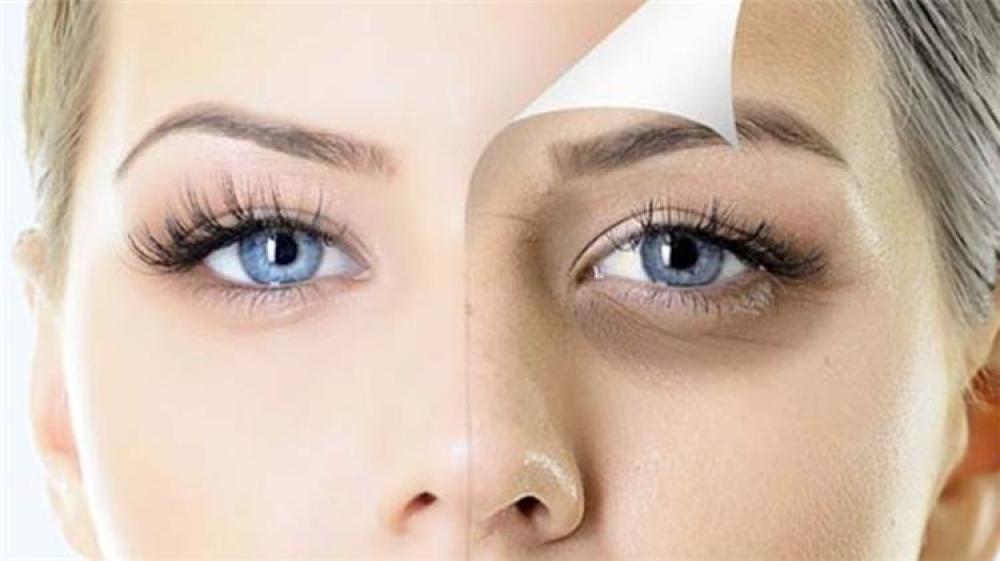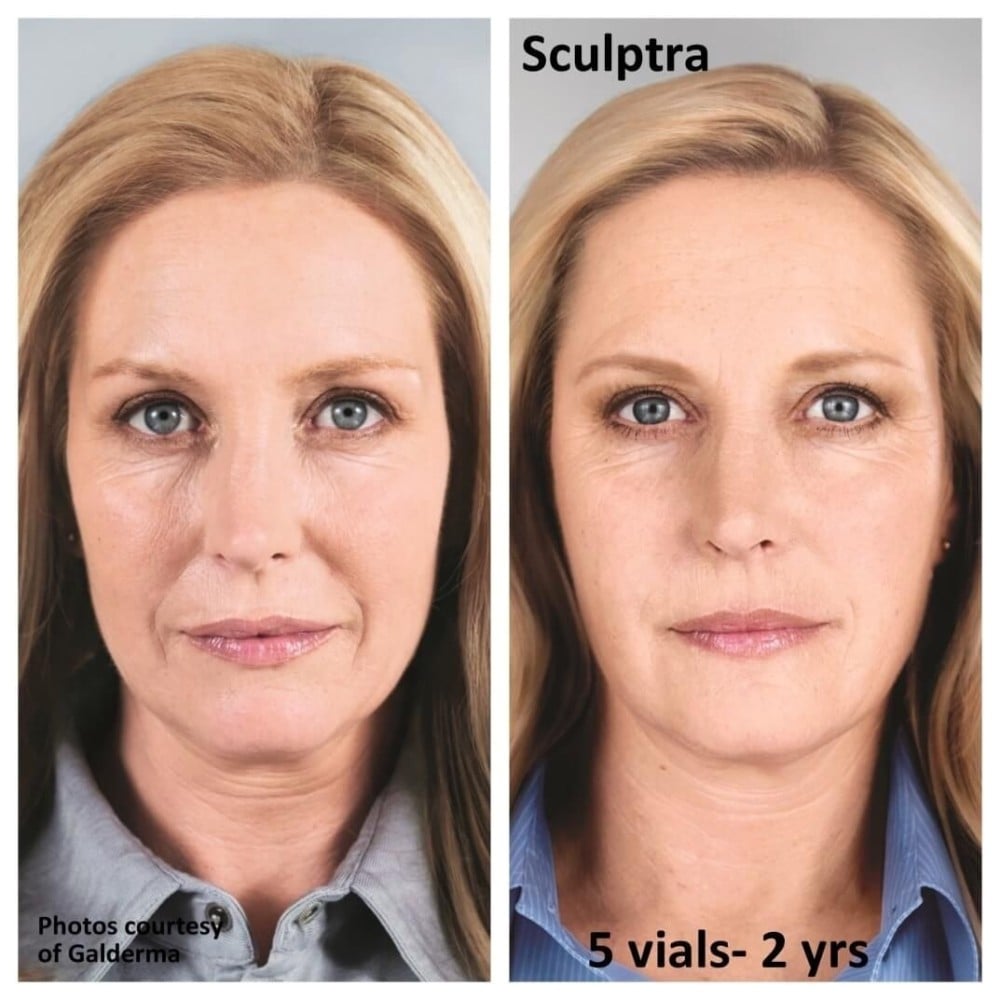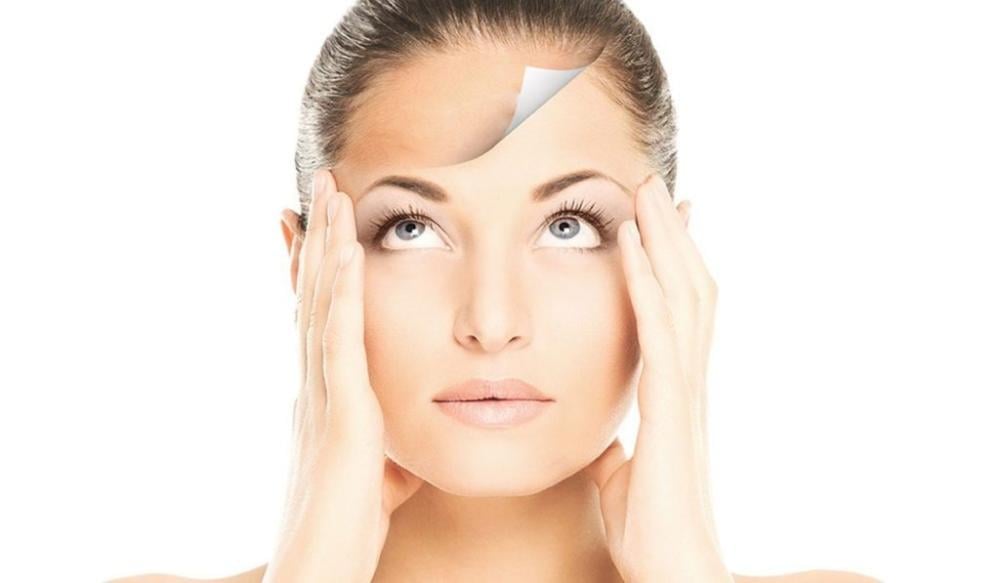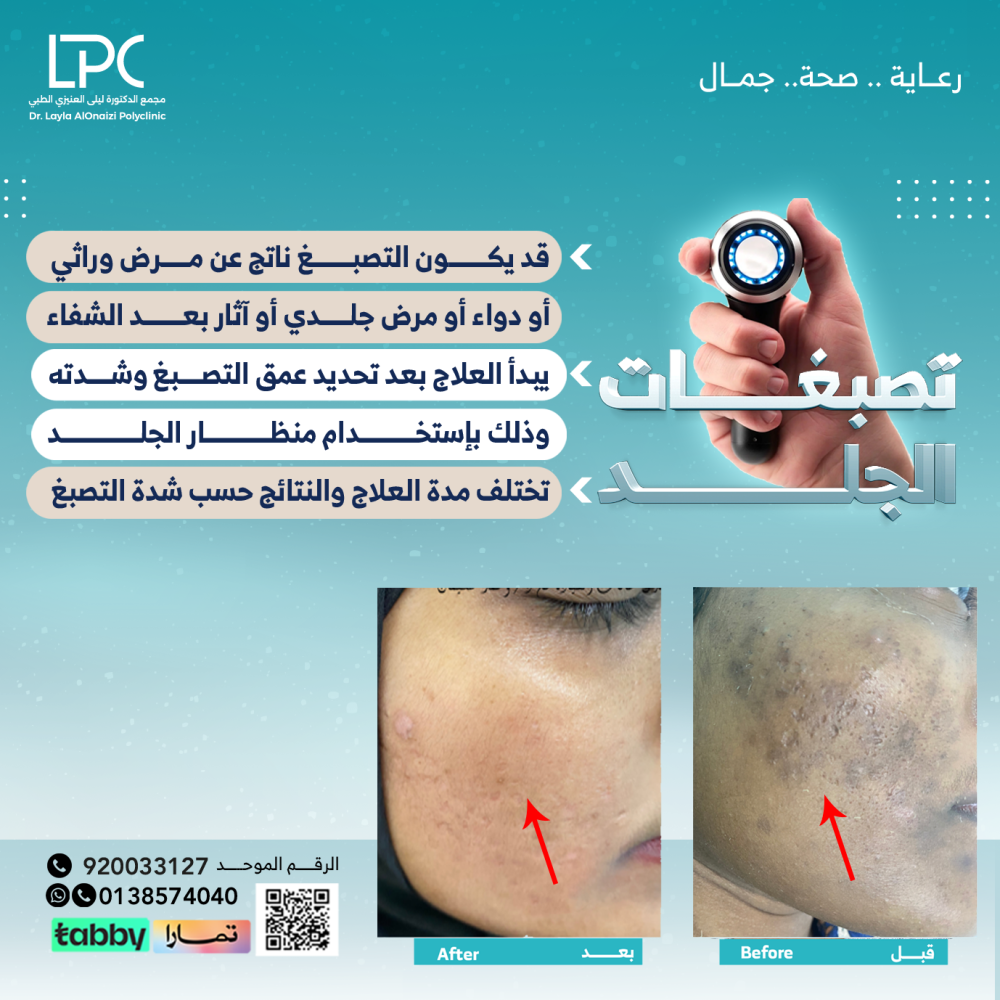"Panda eyes" is the term used to describe those black circles that may appear due to fatigue, poor nutrition, or aging. They can be bothersome as they may remain visible even when attempting to conceal them with makeup and may not respond to treatment with creams and topical products. This is because the treatment of dark circles initially requires understanding the underlying cause, as explained in the article, along with its types and treatment methods.
What are dark circles?
Dark circles are those dark circles that appear around the eyes, hence the name circles. Dark circles around the eyes can result from several causes and can affect both men and women.
Fatigue is usually believed to be the main cause of darkness under the eyes, but while tiredness makes the skin overall dull, it is not the primary cause of dark circles and may even exacerbate them.
The color of dark circles may vary, but it generally appears darker than the normal skin color. Often, its color tends to be blue and purple for those with fair skin or brown and black for those with medium to dark skin.
Dark circles may also appear in the presence of swelling in the area under the eyes, and they may occur temporarily in some people and chronically in others.
What are the types of dark circles?
There are several types of dark circles, not just one type as some may think. These types differ in skin color and the underlying cause. These types include:
- Pigmented dark circles:
- This type of dark circles is brown or black and results from increased melanin production in the skin around the eyes, either for genetic or acquired reasons.
Vascular dark circles appear in blue or purple tones. This type occurs due to weakened blood circulation in the small blood vessels around the eyes, leading to thinning and laxity of the skin. This type of dark circles is more prominent in individuals with fair skin.
Extended dark circles are characterized by circles extending from the tear duct to the cheek and can have various colors. In this type, the eye socket becomes hollow due to the loss of fat in the cheek area due to gravity or aging.
What are the causes of dark circles under the eyes?
Various lifestyle factors, such as staying up late and poor nutrition, are associated with dark circles. Dark circles under the eyes can be linked to natural causes or health issues, and the following reasons will be explained:
- Aging:
- Loss of fatty tissues, decreased collagen production, and thinning of the skin around the eyes are part of the aging process. These changes may contribute to the appearance of dark circles as one ages.
- Genetic Factors:
- Dark circles may have a genetic component and often run in families due to inherited genes.
- Fatigue and Exhaustion:
- Dark circles and puffiness around the eyes are usually associated with tiredness, fatigue, and lack of sleep. When feeling tired, blood flow to the under-eye area slows down, and as the skin in that area is thin, accumulated blood creates a darker color. At the same time, the accumulated blood causes the blood vessels to expand, creating swollen bags under the eyes.
- Smoking:
- Smoking leads to collagen loss, making the thin skin under the eyes even thinner, which increases the appearance of dark circles.
- Hyperpigmentation:
- Occurs when the body produces excess melanin.
- Excessive Sun Exposure.
- Frequent Eye Rubbing.
- Severe Skin Dryness.
- Use of eye drops for glaucoma treatment, such as bimatoprost.
Dark circles can result from health problems such as:
- Skin Inflammation:
- Allergies like hay fever and skin conditions such as atopic dermatitis (eczema) can cause inflammation, swelling, and itching around the eyes, leading to post-inflammatory pigmentation and the appearance of dark circles.
- Nasal Congestion:
- Nasal congestion and sinusitis can temporarily lead to blood pooling under the eyes, resulting in the appearance of dark circles.
- Anemia:
- Some studies suggest that iron deficiency may increase melanin production, and since the skin under the eyes is highly sensitive, pigmentation appears first in this area.
- Thyroid Disorders.
What are the symptoms of dark circles under the eyes?
While dark circles under the eyes are a symptom themselves, they may be accompanied by other symptoms depending on the underlying cause, such as:
- Swelling around the eye, especially under the lower eyelid (eye bags).
- Discoloration of the skin around the eyes in a darker shade than the traditional skin color (blue, purple, brown, or black).
- Eye itching (as in allergies).
- Swelling under the eye.
- Nasal congestion or sinusitis.
- Skin sagging or the appearance of wrinkles.
What are the methods for treating dark circles?
As the saying goes, "knowing the cause is half the cure," and this applies to dark circles. They can be treated by addressing the underlying cause. However, not all dark circles respond to the same treatment, and the response varies from person to person.
The first step in treatment is to consult a dermatologist for diagnosis and to determine the most appropriate treatment.
How to Medically Treat Dark Circles Under the Eyes:
If a medical professional diagnoses dark circles as a symptom of another medical condition, addressing the underlying condition can reduce or completely eliminate the appearance of dark circles. Treatment methods include:
- Topical Treatments for Under the Eyes:
- Vitamin K Creams: Vitamin K helps maintain regular blood flow and strengthens blood vessels, improving the appearance of dark circles caused by poor circulation.
- Caffeine Creams: Caffeine improves blood circulation, constricts blood vessels, reduces swelling, and promotes the flow of accumulated blood under the eyes. Caffeine also has antioxidant properties, delaying wrinkles and skin sagging.
- Retinol Creams: Retinol tightens the skin, reducing puffiness and wrinkles that contribute to the appearance of dark circles. It also increases collagen and elastin production, enhancing skin elasticity.
- Vitamin C Creams: Vitamin C is essential for collagen production, reducing the appearance of wrinkles, a common cause of dark circles. Vitamin C also improves blood circulation, nourishing the skin around the eyes.
- Hyaluronic Acid Creams: Hyaluronic acid helps combat dryness, a significant factor in dark circles. These creams moisturize the eye area, tighten the skin, and reduce the appearance of wrinkles.
- Brightening Eye Creams: These creams target hyperpigmentation by reducing melanin production, similar to regular skin lightening creams but formulated for use around the eyes.
- Cosmetic Procedures for Dark Circles:
- Eyelid Surgery: A surgical procedure aimed at removing some of the fat under the eyes to eliminate swelling that worsens the appearance of dark circles.
- Filler Injections for Dark Circles: Dermal fillers, such as Juvederm and Restylane, fill the areas under the eyes, reducing the appearance of dark circles caused by collagen and fat tissue loss with aging.
Topical treatments require time to show effective results in eliminating dark circles. With advancements in cosmetic technologies, faster methods for treating dark circles include techniques such as injections, lasers, peels, and even surgical cosmetic procedures.
Cosmetic approaches for dark circles include:
- Eyelid Cosmetic Surgery:
- This surgical procedure aims to remove some of the fat under the eyes to eliminate swelling that may worsen the appearance of dark circles.
- Filler Injections for Dark Circles:
- Dermal fillers, such as Juvederm and Restylane, fill the areas under the eyes, reducing the appearance of dark circles caused by collagen and fat tissue loss with aging.
Laser Treatment for Dark Circles:
Cosmetic laser can be used to lighten the skin under the eyes and reduce the appearance of wrinkles that make dark circles look worse. A dermatologist can help determine if laser treatment is suitable for you.
Chemical Peels for Dark Circles:
A mild chemical peel may be recommended by a dermatologist to lighten dark pigmentation under the eyes. Typically, substances used for under-eye peels include glycolic acid, retinoic acid, or hydroquinone. Dermatologists may also suggest a Jessner peel, which involves a mixture of salicylic acid, lactic acid, and resorcinol. Chemical peels are often used to treat severe dark circles.
Mesotherapy Injections for Dark Circles:
Mesotherapy involves injecting vitamins, minerals, and amino acids into the middle layer of the skin, where blood cells circulate. This nourishes the skin tissues under the eyes and helps eliminate dark circles and black bags under the eyes.
Dermabrasion for Dark Circles:
Dermabrasion works by puncturing the skin, causing tiny wounds that stimulate the body to produce collagen in the treated area. Dermabrasion can stimulate collagen under the eyes, helping to tighten the skin, reduce wrinkles, and improve the appearance of dark circles.
Some tips and changes in daily and dietary habits may help improve the appearance of dark circles. Additionally, some home remedies may alleviate their appearance. However, it is essential not to use any remedy without consulting a doctor, especially as the skin around the eyes is highly sensitive, and some remedies may have adverse effects.
In conclusion, dark circles are not a serious condition and do not necessarily require treatment. However, some may seek treatment for cosmetic purposes. The appropriate treatment for dark circles will be recommended by a doctor based on the cause, severity, and underlying factors. It's important to note that hereditary dark circles may not be permanently treatable, but makeup can help conceal them.




